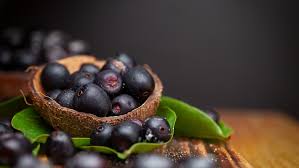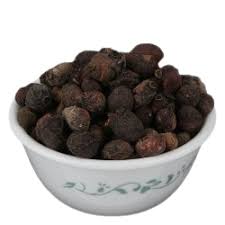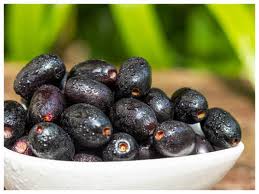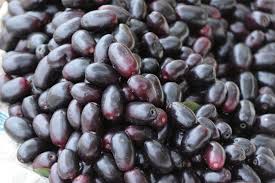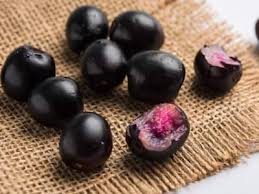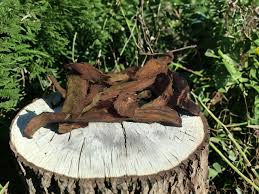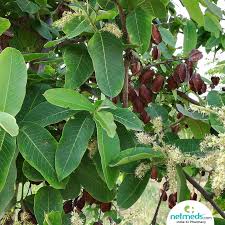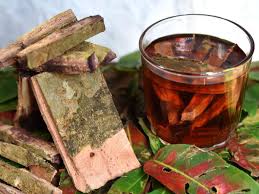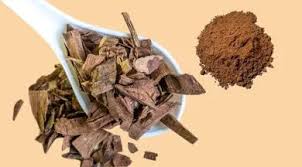
Amla Powder vs. Fresh Amla: Which is Better?
Amla, also known as Indian Gooseberry (Emblica officinalis), is widely recognized in Ayurveda as a powerhouse of health benefits. From boosting immunity to improving digestion, enhancing skin glow, and supporting hair growth, Amla is a versatile superfood. But when it comes to incorporating Amla into your daily routine, one common question arises — should you use Amla powder or fresh Amla?
Both forms are beneficial, but each has its own set of pros, cons, and suitability depending on your health needs, lifestyle, and availability. In this article, we’ll dive deep into the differences between Amla powder and fresh Amla, helping you make an informed choice based on nutrition, ease of use, shelf life, therapeutic value, and more.
Amla Powder vs. Fresh Amla: Which is Better?
✅ Overview of Amla’s Nutritional Value
Before comparing the two forms, it’s essential to understand what makes Amla so special:
Rich in Vitamin C (20 times more than an orange)
Loaded with antioxidants like flavonoids and tannins
Contains iron, calcium, phosphorus, and fiber
Natural anti-inflammatory, antiviral, and rejuvenating properties
Both Amla powder and fresh Amla deliver these benefits — but how they work in your body can differ based on how they’re processed and consumed.
✅ What is Amla Powder?
Amla powder is made by drying fresh Amla fruits and grinding them into a fine powder. It is usually available in raw or freeze-dried form and is widely used in Ayurvedic formulations, hair packs, face masks, teas, and detox drinks.
✅ What is Fresh Amla?
Fresh Amla refers to the raw fruit harvested directly from the tree. It can be consumed as juice, raw slices, pickles, or used in cooking. It is more seasonal and perishable than powder.
🟢 Comparison: Amla Powder vs. Fresh Amla
- Nutritional Retention
Fresh Amla:
Retains full spectrum of Vitamin C and live enzymes.
Contains higher water content, improving absorption.
Ideal for people who need high antioxidant support.
Amla Powder:
Some Vitamin C may degrade during drying.
Antioxidants like tannins and polyphenols are still active.
Best when high-quality and sun/shade-dried without chemicals.
✅ Winner: Fresh Amla (for maximum Vitamin C and freshness)
- Availability and Shelf Life
Fresh Amla:
Seasonal (available mainly during winter months in India).
Spoils quickly — lasts up to 1–2 weeks in refrigeration.
Amla Powder:
Available year-round, especially online or in Ayurvedic stores.
Long shelf life — 6 to 12 months when stored in an airtight container.
✅ Winner: Amla Powder (for convenience and long-term storage)
- Ease of Use
Fresh Amla:
Needs to be washed, sliced, juiced, or cooked.
Takes more prep time but ideal for culinary uses and juices.
Amla Powder:
Instant use — can be mixed in water, honey, smoothies, or applied topically.
Best for busy people or those using it as a supplement.
✅ Winner: Amla Powder (for quick and versatile usage)
- Digestive Impact
Fresh Amla:
Naturally moist and fibrous — aids bowel movement.
Best consumed raw, boiled, or as juice on an empty stomach.
Amla Powder:
Dry in nature, can aggravate vata if not taken with ghee or honey.
Needs to be taken with warm water or digestive herbs.
✅ Winner: Fresh Amla (for easier natural digestion)
- Ayurvedic Viewpoint
Fresh Amla:
Considered more satvik (pure, high pranic energy).
Ideal for daily rejuvenation (rasayana) therapy.
Amla Powder:
Still beneficial but considered more processed.
Works well in combination with other herbs like Triphala or Ashwagandha.
✅ Winner: Fresh Amla (for pure, high-energy Ayurvedic healing)
- Best Uses Based on Health Goal
Health Goal Preferred Form Why
Boost Immunity Fresh Amla High Vitamin C bioavailability
Hair Growth Amla Powder Easy to apply as hair pack
Digestive Detox Fresh Amla Juice Clears gut and acidity
Skin Glow and Clarity Fresh or Powder Both work well
Fatigue and Weakness Fresh Amla Rejuvenates internal organs
Daily Maintenance Amla Powder Easy to include in routine
✅ When to Choose Amla Powder
When fresh Amla is not in season
If you need long-term storage
When you want to use it in DIY hair or skincare packs
For travel or on-the-go consumption
When blending it with other powders (Triphala, Ashwagandha, etc.)
✅ When to Choose Fresh Amla
When you want to boost daily immunity with live enzymes
For preparing fresh juice, chutney, or raw salad
If you are following an Ayurvedic detox or Panchakarma
When cooking traditional recipes like Amla pickle or murabba
For direct oral consumption with honey, salt, or jaggery
✅ How to Use Each Form for Maximum Benefits
📌 Fresh Amla:
Juice: Blend 2–3 fresh Amlas with water, strain, and consume on an empty stomach.
Chutney: Grate Amla and mix with ginger, green chili, and salt for a tangy boost.
Raw Slices: Sprinkle salt and eat directly for digestion.
Cooking: Use in dals, soups, or chutneys.
📌 Amla Powder:
With Honey: Mix 1 tsp powder with honey to strengthen immunity.
In Water: Mix in lukewarm water and drink daily for digestion.
Hair Mask: Mix with curd or aloe vera for scalp nourishment.
Face Pack: Mix with rose water and apply for glowing skin.
✅ Expert Tip from Dirghaanshi
“If you want instant freshness and high Vitamin C, go for fresh Amla. But if you’re looking for long-term use, DIY applications, or convenience, Amla powder is your best ally. Both forms are powerful — it’s all about what suits your lifestyle and wellness goals.”
✅ Conclusion
So, which is better — Amla powder or fresh Amla?
The answer lies in your needs, availability, and usage style. For daily immunity, raw energy, and freshness, fresh Amla is unmatched. However, for consistent year-round use, convenience, and external applications like skincare or hair care, Amla powder is incredibly effective.
In truth, both forms offer powerful health benefits, and the ideal solution is to include them alternatively or together in your wellness routine. Listen to your body, follow seasonal rhythms, and choose wisely.


